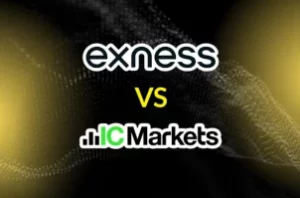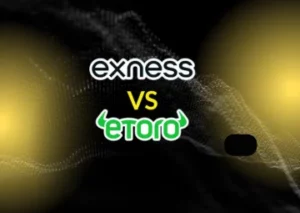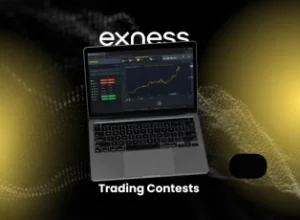The Exness Rebate Program presents a valuable opportunity for forex traders to reduce their trading costs and increase potential profits. While rebates are not a novel concept, Exness offers a unique structure that adapts to different trader profiles and trading volumes.
What Exactly is the Exness Rebates Program?
At its core, the Exness Rebates Program rewards traders for the cost incurred while trading. Forex traders pay a spread (the difference between the buying and selling price of an asset) whenever they open or close positions. With the Rebate Program, a portion of this spread cost is returned to the trader as a rebate.
Instead of considering trading costs as a total expense, the rebate system turns these costs into potential income. The amount a trader receives as a rebate depends on several factors, such as the account type, the volume of trades, and the instruments being traded. This makes the program dynamic and personalized, offering flexibility for traders across all levels.
How Does the Exness Rebate System Operate?
The mechanics behind Exness’s rebate calculation are rooted in the spread of each trade and the volume of trading. Traders receive a percentage of the spread back, which can be credited to their trading account. The rebate system isn’t uniform for every trader and varies based on specific conditions.
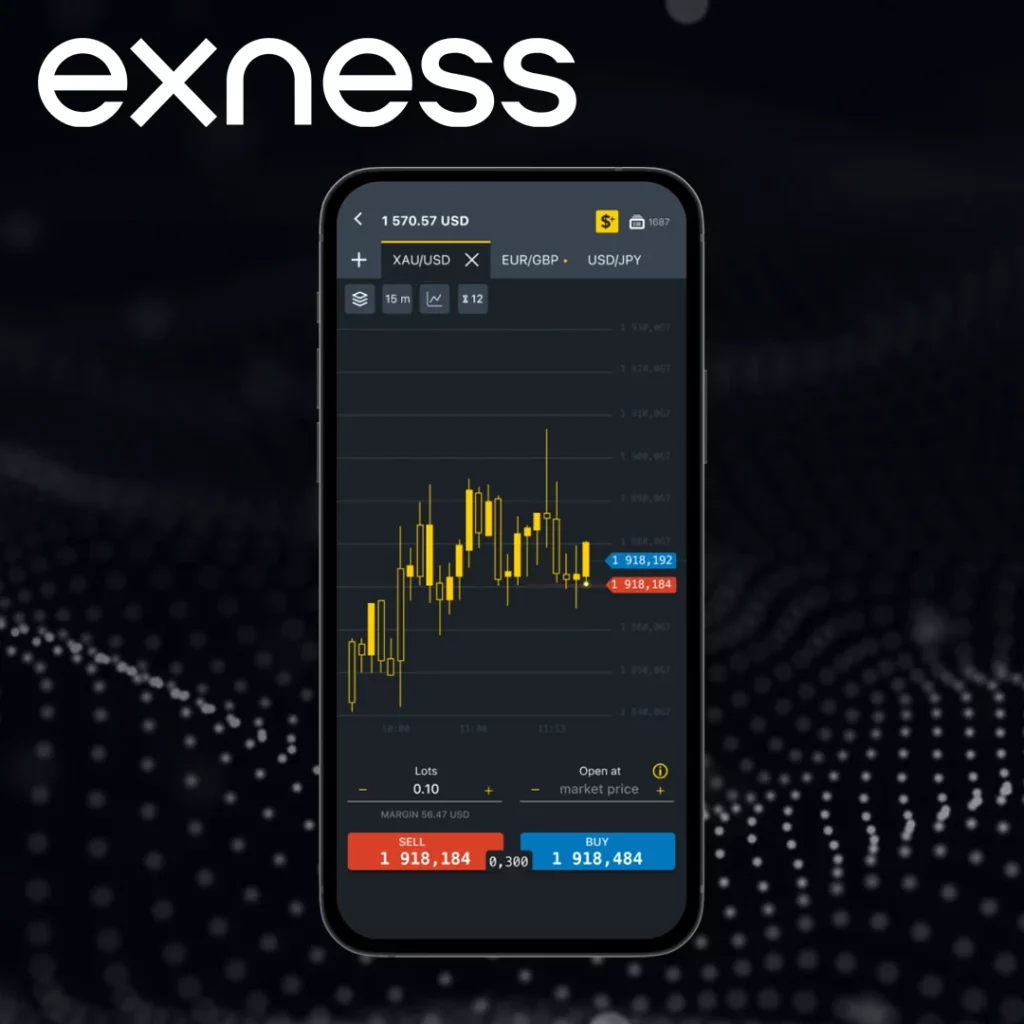
- Trading Volume: The more you trade, the more rebates you accumulate. Larger positions, more frequent trades, and longer trading hours all contribute to the potential size of your rebate.
- Instrument Type: Different forex pairs or CFDs come with different spread costs. Pairs with high liquidity and low spreads usually result in smaller rebates, while exotic pairs with wider spreads may offer higher rebates.
- Account Type: Traders with different account types (Pro, Raw Spread, Zero) may see different rebate structures, as each account type offers distinct conditions for spreads and commissions.
To visualize how the rebates work, imagine a trader who holds an active Raw Spread account with Exness. If the spread for the EUR/USD pair is 0.2 pips, and the trader executes a 1-lot trade, they will pay a cost based on that spread. After the trade, the system calculates the rebate, which will be a percentage of that 0.2 pip spread, based on the trader’s account type and volume.
Traders can receive either cash rebates, which are withdrawable, or trading credit, which can be used to open new positions. Understanding the difference is key to effectively managing the rebate benefits.
The Key Factors Influencing Rebates
The Exness Rebate Program offers traders the chance to earn back part of their trading costs, but the amount you can earn depends on several key factors. These include your account type, the instruments you trade, and the volume of your trades. Understanding how these elements influence your rebates can help you optimize your strategy and maximize your rewards.
Account Type
- Pro Account: Traders with this account type benefit from competitive spreads but generally lower rebate percentages compared to Raw Spread or Zero accounts.
- Raw Spread Account: This account type provides some of the lowest spreads, but traders are charged a commission per trade. Despite this, the rebate calculations are typically based on both the spread and commission.
- Zero Account: With almost no spread, the Zero account requires a fixed commission per trade. The rebates here are calculated differently and often involve commission-based returns.
Instrument Traded
- Popular forex pairs like EUR/USD and GBP/USD typically have tighter spreads, leading to smaller rebates.
- Exotic pairs or CFDs, which are more volatile, tend to have wider spreads, meaning they can result in larger rebates.
Trading Volume
- The more active you are, the greater your rebates. Traders who consistently trade high volumes, whether in terms of lot size or frequency, are rewarded with a higher rebate percentage.
- Some Exness traders focus on increasing their trading volume to maximize the rebates they receive.
Benefits of the Exness Rebates Program
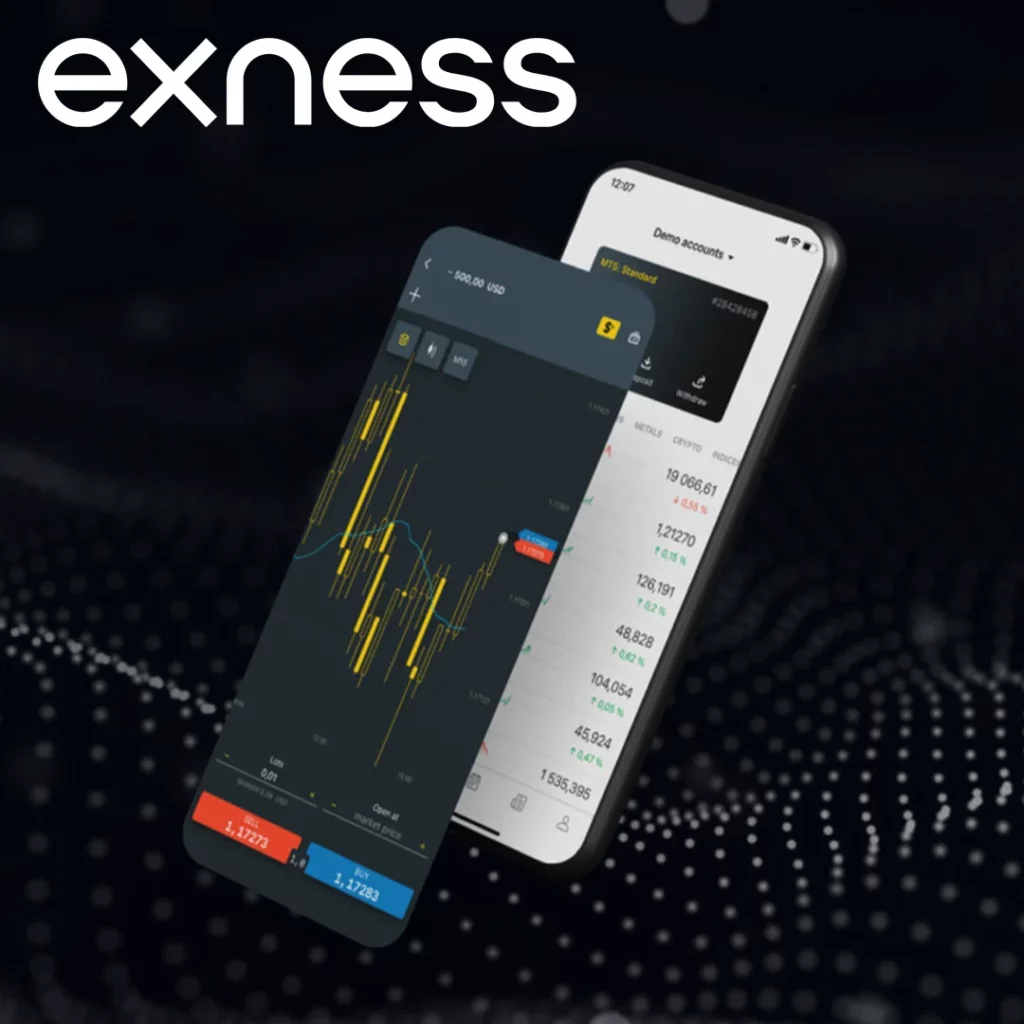
The benefits of the Exness Rebate Program are considerable, especially for traders looking to optimize their trading strategy over time.
Reduced Trading Costs
One of the most obvious advantages of the Rebate Program is the reduction in trading costs. Since traders can receive part of their spread costs back, this directly impacts their bottom line. Lower costs mean higher potential profits, making it easier to stay competitive in the market.
Increased Profit Potential
Even small rebates can accumulate significantly over time, especially for active traders. Rebate payments can be reinvested in new trades, which compounds the potential profits. For traders who engage in high-frequency trading or hold large positions, rebates quickly become a meaningful source of income.
Encouragement for Frequent Trading
Active traders stand to benefit the most from Exness’s Rebate Program. Frequent trading encourages higher rebate earnings, creating a cycle where the more you trade, the more you receive.
Understanding Rebate Payments: Cash vs. Trading Credit
When traders earn rebates, they are typically credited to their account. However, how these rebates are applied depends on how Exness categorizes them:
- Cash Rebates: These rebates can be withdrawn at any time, offering full flexibility. Traders can either withdraw the funds to their bank account or reinvest the amount in other trades.
- Trading Credit: This type of rebate is added as credit to your account, which you can use to open new positions. This type of rebate cannot be withdrawn but can be used to finance further trading activity.
Some traders prefer using cash rebates for personal withdrawals, while others choose trading credits to amplify their future trades.
How to Make the Most of the Rebates
To get the most out of the Exness Rebate Program, it’s important to focus on a few key strategies. By increasing your trading volume, choosing the right account type, and timing your trades during volatile market conditions, you can significantly boost your rebate earnings. Here’s how you can maximize your rebates effectively.
- Maximize Trading Volume: By increasing your trading volume, whether through larger positions or more frequent trades, you unlock better rebate percentages. Monitoring your trading activity and maintaining consistent volume can help optimize your returns.
- Choose the Right Account Type: Based on your trading strategy, selecting the most appropriate account type is crucial. For example, those focused on tight spreads might choose the Raw Spread or Zero accounts to take full advantage of their respective rebate structures.
- Monitor Market Conditions: Trading during high-volume market hours or volatile market conditions can increase spreads, thus raising the rebate you receive. Monitoring global financial news and trading during key market events can lead to higher rebate payments.
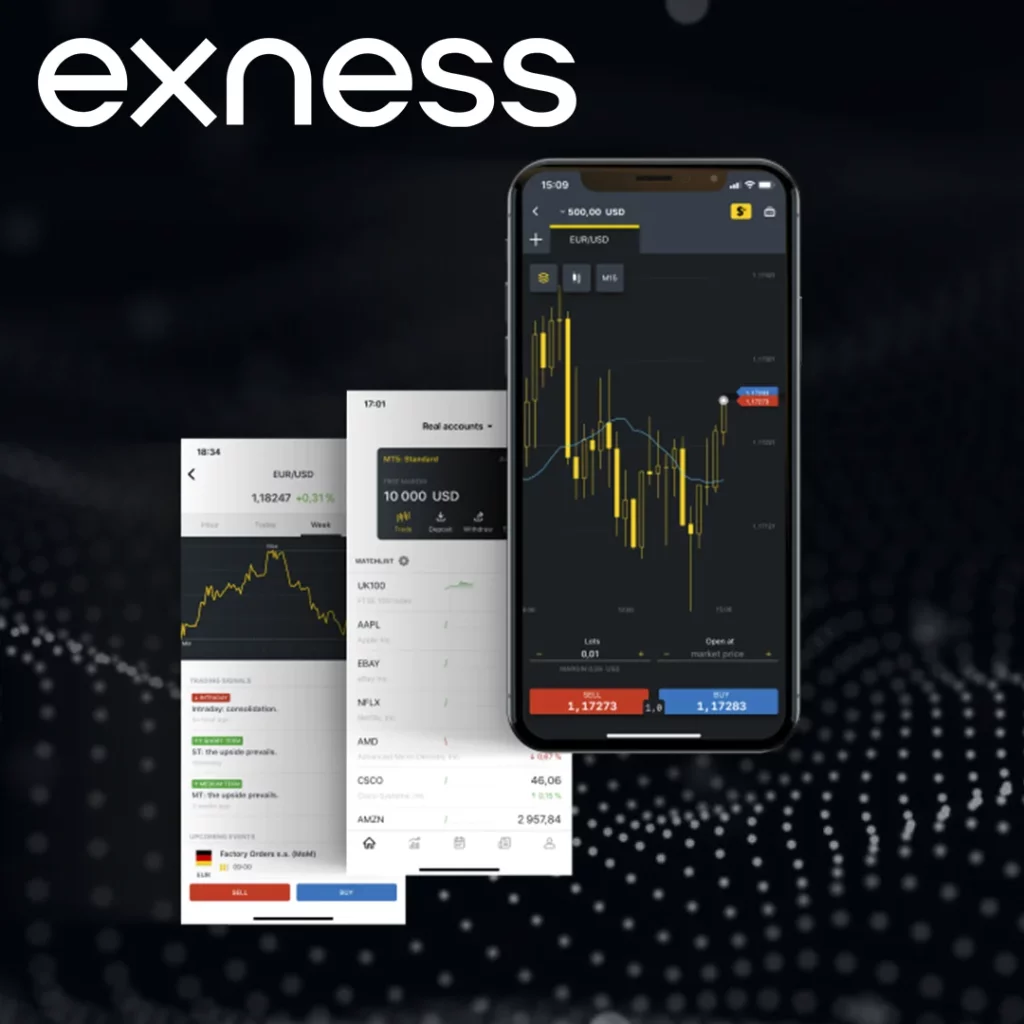
Conclusion
The Exness Rebate Program is more than just a way to reduce trading costs—it’s a tool that savvy traders can leverage to enhance their profitability. By understanding the various factors that influence rebate amounts, including account type, trading volume, and instrument traded, traders can take full advantage of this benefit. Whether you’re trading major currency pairs or exotic assets, the Exness rebate program can help boost your bottom line.
For anyone serious about forex trading, this program offers clear advantages. Regular traders will find it to be an excellent way to cut costs, while high-frequency traders can watch their rebates grow as they increase their volume. Ultimately, the Exness Rebate Program serves as a valuable feature for traders of all levels, offering a flexible and dynamic way to improve trading outcomes.

Trade with a trusted broker Exness today
See for yourself why Exness is the broker of choice for over 800,000 traders and 64,000 partners.
FAQs
What is the Exness Rebate Program?
The Exness Rebate Program rewards traders with a portion of the spread costs they incur during trades. Rebates can be credited as cash or trading credit depending on the account settings.

